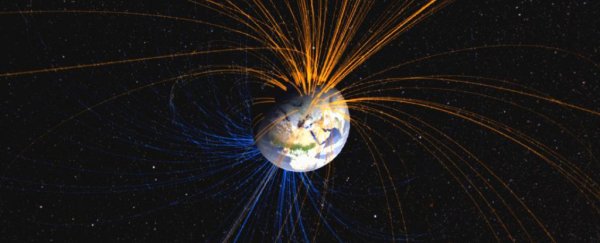Gels, Vol. 9, Pages 846: Mineralized Microgels via Electrohydrodynamic Atomization: Optimization and In Vitro Model for Dentin–Pulp Complex
Authors: Iriczalli Cruz-Maya Rosaria Altobelli Marco Antonio Alvarez-Perez Vincenzo Guarino
There is growing interest in the use of micro-sized hydrogels, including bioactive signals, as efficient platforms for tissue regeneration because they are able to mimic cell niche structure and selected functionalities. Herein, it is proposed to optimize bioactive composite microgels via electrohydrodynamic atomization (EHDA) to regenerate the dentin–pulp complex. The addition of disodium phosphate (Na2HPO4) salts as mineral precursors triggered an in situ reaction with divalent ions in solution, thus promoting the encapsulation of different amounts of apatite-like phases. Morphological analysis via image analysis of optical images confirmed a narrow distribution of perfectly rounded particles, with an average diameter ranging from 223 ± 18 μm to 502 ± 64 μm as a function of mineral content and process parameters used. FTIR, TEM, and EDAX analyses confirmed the formation of calcium phosphates with a characteristic Ca/P ratio close to 1.67 and a needle-like crystal shape. In vitro studies—using dental pulp stem cells (DPSCs) in crown sections of natural teeth slices—showed an increase in cell viability until 14 days, recording a decay of proliferation at 21 days, independent on the mineral amount, suggesting that differentiation is started, as confirmed by the increase of ALP activity at 14 days. In this view, mineralized microgels could be successfully used to support in vitro osteogenesis, working as an interesting model to study dental tissue regeneration.

 6 months ago
23
6 months ago
23


